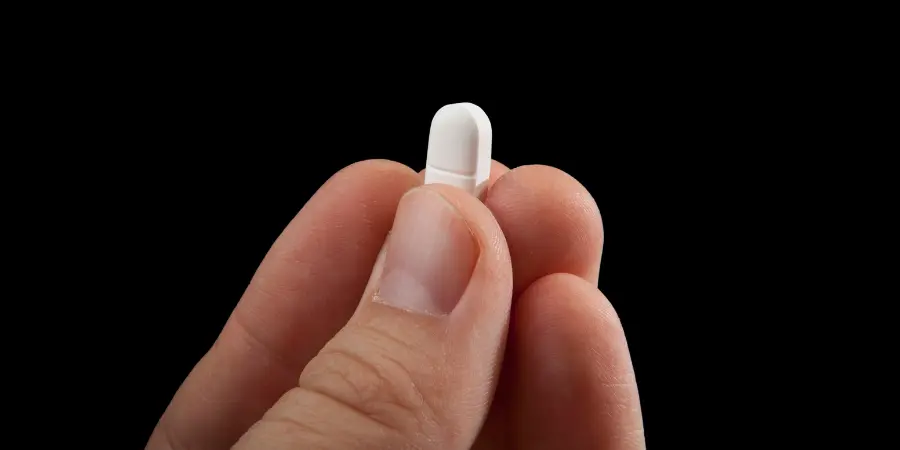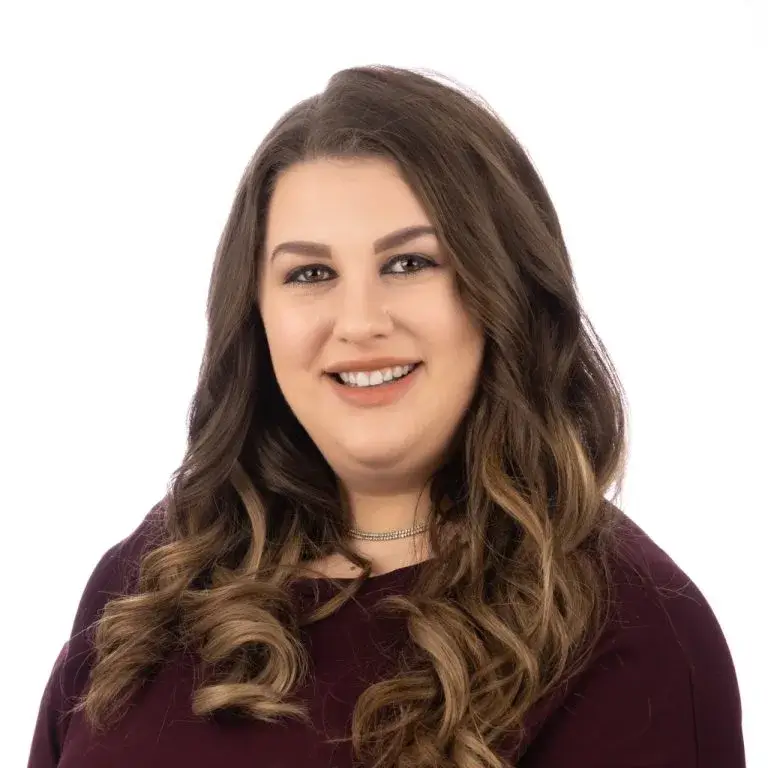
When Relief Becomes Risk
Prescribed with the intent to ease post-surgical pain, injury, or chronic discomfort, Vicodin remains one of the most commonly dispensed pain medications in the United States. In 2022 alone, more than 23 million prescriptions for combination opioids like Vicodin were filled. Yet this widespread use brings an often-overlooked danger: the slow, invisible slide from appropriate use into physical dependence.
For many, what starts as healing becomes a quiet, internal struggle masked by professional achievements, family responsibilities, or the polished rhythm of daily life. At Legacy Healing Center, we understand how these subtle patterns develop. Through individualized, evidence-based care, we help clients untangle the emotional and physical threads of dependence, restoring clarity, confidence, and a renewed sense of connection.
What Is Vicodin?
Vicodin is a prescription medication that combines two active ingredients: hydrocodone, a potent opioid that changes how the brain perceives pain, and acetaminophen, a widely used non-opioid analgesic. When used as directed, this combination offers short-term relief from moderate to severe discomfort. However, Vicodin carries a significant risk of misuse, even when prescribed responsibly.
Hydrocodone can quickly lead to tolerance and physical dependence, while repeated or high-dose acetaminophen use may cause serious liver damage. As the body adapts to the medication, higher doses may be required to achieve the same effect, potentially shifting the user from medical relief to reliance without clear warning. Recognizing these physiological changes early opens the door to safer alternatives and compassionate treatment that restores health and balance.
Recognizing Vicodin Abuse
Recognizing when Vicodin use has become harmful is not always easy. What begins as occasional overuse—an extra dose for breakthrough pain or difficulty tapering—can quietly develop into Opioid Use Disorder (OUD). According to DSM-5 criteria, OUD includes patterns such as cravings, unsuccessful attempts to stop, or continued use despite harm (American Psychiatric Association, 2022). Vicodin, which contains the opioid hydrocodone, is a common starting point for many who never intended to misuse medication. Emotional shifts, secrecy, daytime drowsiness, and growing social withdrawal often emerge. These are not signs of weakness, but of a deeper struggle; it’s an opportunity to seek healing with compassion and clarity.
What Makes Vicodin Addictive?
Biological Factors
Hydrocodone’s high affinity for mu-opioid receptors triggers a surge of dopamine within the brain’s mesolimbic “reward” pathway. Repeated exposure downregulates those receptors, so the same dose produces a weaker effect, driving users to escalate intake—a process known as tolerance. Genetic studies show that individuals with a family history of opioid use disorder, novelty-seeking temperament, or certain dopamine-receptor polymorphisms face elevated addiction risk. Women, older adults with chronic pain, and people who metabolize opioids rapidly (CYP2D6 ultra-metabolizers) may also develop dependence sooner.
Psychological Factors
Stress, unresolved trauma, depression, or anxiety can make Vicodin’s mood-elevating effects particularly reinforcing. Psychological dependence often manifests as using the medication to “numb” emotional pain or to self-medicate insomnia and social anxiety. Environmental cues—such as seeing a pill bottle—activate conditioned cravings, increasing relapse risk long after physical dependence has resolved.
How Does Vicodin Affect the Brain?
Short- and Long-Term Effects on the Brain
- Short term: Hydrocodone rapidly crosses the blood-brain barrier, producing analgesia, sedation, slowed breathing, and an acute dopamine spike that reinforces use within minutes. Cognitive effects include impaired attention, slowed reaction time, and short-term memory lapses
- Long term: Chronic exposure reduces endogenous endorphin production and shrinks gray-matter density in regions that govern stress response and decision-making. Users often experience hyperalgesia (increased sensitivity to pain), mood dysregulation, and heightened risk of depression or anxiety disorders. Research also links prolonged prescription-opioid use to reduced prefrontal-cortex activity, making it harder to weigh consequences and resist cravings.
How Does Vicodin Affect the Body?
Short- and Long-Term Effects on the Body
- Short term: Constipation, pinpoint pupils, slowed gastrointestinal motility, and mild respiratory depression are common. Even therapeutic doses can cause drowsiness and motor incoordination.
- Long term: Sustained hydrocodone intake suppresses testosterone and other sex hormones, leading to libido changes and fertility issues. The acetaminophen component poses a cumulative risk of hepatotoxicity; doses above 4 g/day can cause acute liver failure and are the leading cause of drug-induced liver-injury hospitalizations in the U.S. Chronic users may also experience chronic constipation, dental decay (from dry mouth), and immunosuppression.
Overdose Risk
Vicodin overdose can occur at surprisingly low doses once tolerance fluctuates—particularly after detox or a brief period of abstinence. Signs include extreme drowsiness, slowed or stopped breathing, bluish lips, clammy skin, and loss of consciousness. Complicating factors are acetaminophen toxicity (jaundice, upper abdominal pain) and the possibility that illegally obtained tablets may be laced with fentanyl. In 2023, natural and semi-synthetic opioids such as hydrocodone were implicated in roughly 2.9 overdose deaths per 100,000 people, down from 3.5 in 2022 but still a significant threat. Immediate administration of naloxone and emergency medical care are critical.
Vicodin Withdrawal & Treatment Programs
Because Vicodin changes the brain’s opioid receptor activity, stopping suddenly triggers a flu-like withdrawal syndrome that typically begins 6 – 30 hours after the final dose. Early symptoms include yawning, watery eyes, anxiety, muscle aches, and sweating. Later waves bring abdominal cramping, diarrhea, dilated pupils, goose-flesh, nausea, and vomiting. Most acute symptoms resolve within five to seven days, but protracted withdrawal—sleep disturbance, mood swings, and cravings—can linger for months Attempting withdrawal alone is risky: dehydration, aspiration, and relapse-induced overdose are common. Medically supervised detox with tapering or opioid agonist medications markedly improves safety and comfort.
Treatment Programs for Vicodin Addiction
Comprehensive care addresses the biological, psychological, and social facets of opioid dependence:
- Medical Detox & MAT: Legacy Healing Center’s inpatient detox units in Florida, California, New Jersey, and Ohio provide 24/7 monitoring, symptomatic relief, and medications such as buprenorphine or methadone, which reduce cravings and cut overdose mortality by up to 50 %. Naltrexone is an opioid receptor blocker suitable for motivated clients after detox.
- Inpatient Programs: Clients participate in intensive therapy, such as individual counseling, cognitive-behavioral therapy (CBT), dialectical behavior therapy (DBT), trauma-informed care, and family therapy, to heal underlying issues and rebuild resilience.
- Dual-Diagnosis Treatment: Because depression, PTSD, and anxiety frequently co-occur with Vicodin addiction, integrated psychiatric services ensure both conditions improve simultaneously.
- Outpatient Treatment: After residential care, flexible outpatient schedules allow clients to practice new coping skills while staying connected to therapists and peer support.
- Aftercare & Alumni Services: Relapse-prevention planning includes 12-Step or SMART Recovery groups, monthly alumni check-ins, and access to virtual support—crucial for individuals living outside Legacy Healing Center’s brick-and-mortar locations.
Reclaim Life Beyond Vicodin
If you or someone close to you is struggling with Vicodin dependence or facing withdrawal, know that you don’t have to navigate this alone. Compassionate, expert care is just a phone call away. Our dedicated team is available 24/7 at (888) 534-2295 to guide you toward safe, personalized treatment, including medically supervised detox and ongoing support tailored to your unique needs.
Not sure where to begin? You can verify your insurance confidentially online or connect with one of our specialists to explore your options. You’ll also gain access to trusted tools and resources designed to help you understand the healing process, so you can take your next step with clarity and confidence.
Choosing to reach out is a powerful act of courage. It marks the beginning of real, lasting change. When you’re ready to step away from the cycle of Vicodin use, we’re here to walk beside you toward hope, health, and wholeness.
Immediate Help and Support
Whether you’re preparing for treatment or exploring your options, these confidential resources are here to help:
- Legacy Healing Center: Call (888) 534-2295 to speak confidentially with a specialist in Vicodin and prescription opioid addiction.
- SAMHSA National Helpline: Dial 1‑800‑662‑HELP (4357) for free, 24/7 guidance and treatment referrals.
- 988 Suicide & Crisis Lifeline: Dial 988 for immediate assistance during a mental health or substance-related crisis.
You’re not alone. Support is just one step away.


 Written By:
Written By: Edited By:
Edited By: Clinically Reviewed By:
Clinically Reviewed By: 




 Verify Insurance
Verify Insurance